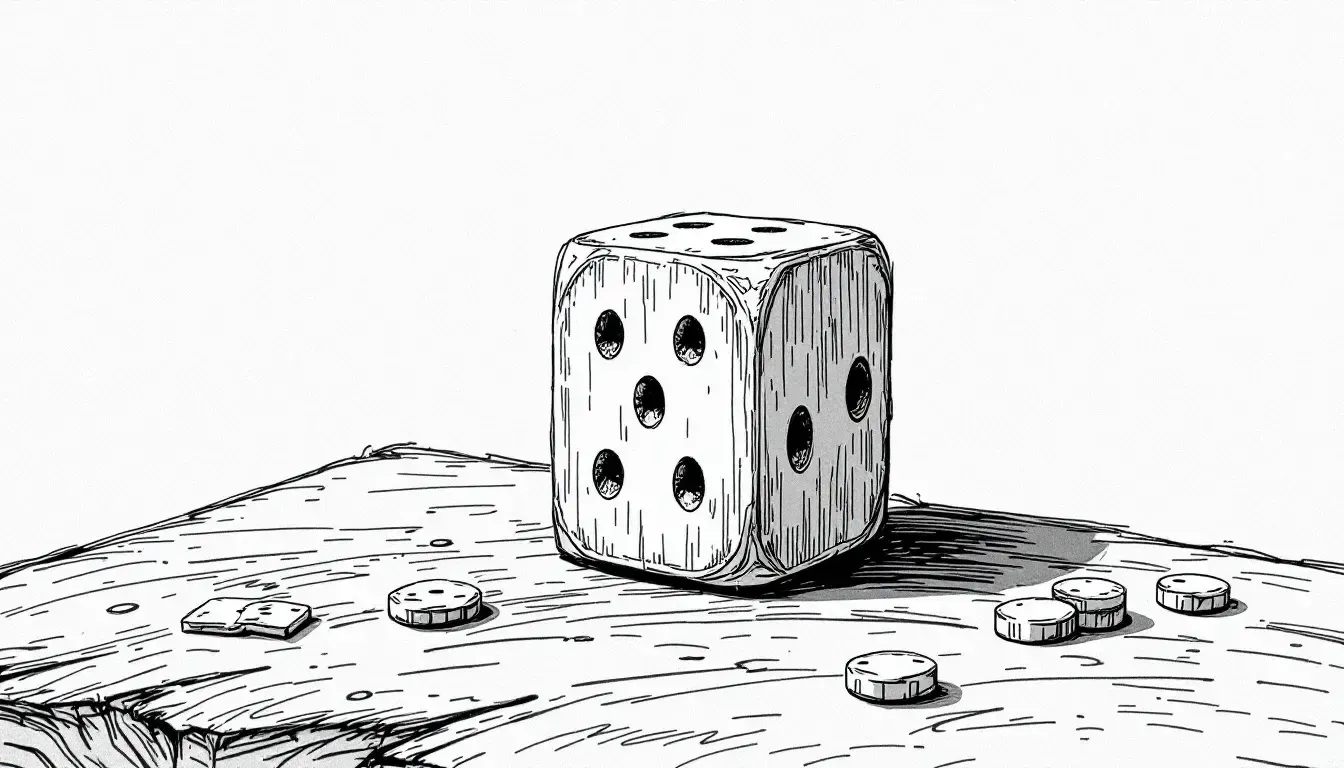When Bones Became Games

Rea,
Today you have your board game expo! I hope your game about fractions and percentages is well received. A lot of your friends probably also have games with dice. It’s curious, right, why so many games use dice? It’s because dice introduce something exciting to a game – chance!
The very first dice weren’t cubes at all. About 8,000 years ago, people used small ankle bones from sheep, called knucklebones or astragali. These bones naturally had four different sides, making them perfect for simple games of chance. People in ancient Egypt, Mesopotamia, and even the Indus Valley played games with these bones.
The first six-sided dice, like the ones we use today, showed up around 3,000 BCE in Mesopotamia. The Romans were big fans of dice games, calling dice “tesserae.” They even had special cups called “fritillus” to shake and roll them. A neat fact about modern dice is that the dots on opposite sides always add up to seven (1 and 6, 2 and 5, 3 and 4).
But why are dice so important in games? It’s all about finding the right balance between skill and luck. Think about it: a game that’s pure skill, like chess, can be tough for beginners. A game that’s pure luck, like Candy Land, might feel a bit pointless after a while.
The best games often mix both. Chance gives everyone a feeling of hope – maybe you’ll roll exactly what you need! But skill rewards smart thinking and planning. Studies have found that games with some chance elements are often played about 30% longer than games that rely only on strategy. The unpredictability keeps things interesting.
Dice have been part of human culture for so long. In ancient times, some people used dice not just for games, but to try and predict the future or understand the will of the gods. In India, there’s an ancient story called the Mahabharata where a whole kingdom is lost in a high-stakes dice game. Even phrases we use today, like “the die is cast” (meaning you can’t turn back) or “no dice” (meaning no chance), come from the long history of dice games.
So, when you roll dice in a game, you’re taking part in a tradition thousands of years old. Game designers today still think carefully about how much luck to include. They know that the perfect mix of strategy (what you control) and chance (what you don’t) is what makes a game truly fun and keeps players coming back for more.
It’s a bit like life, isn’t it? We make the best choices we can with our skills and knowledge, but we also have to accept that some things are just up to chance. Games, especially those with dice, help us practice navigating that balance.
Love, Abba
P.S. As you look at the games at your expo today, notice which ones rely mostly on skill, which rely mostly on luck (like dice rolls or card draws), and which ones mix both. Which kind do you find the most fun to play?

